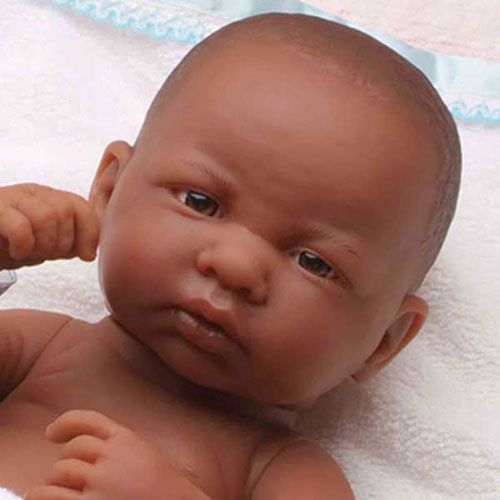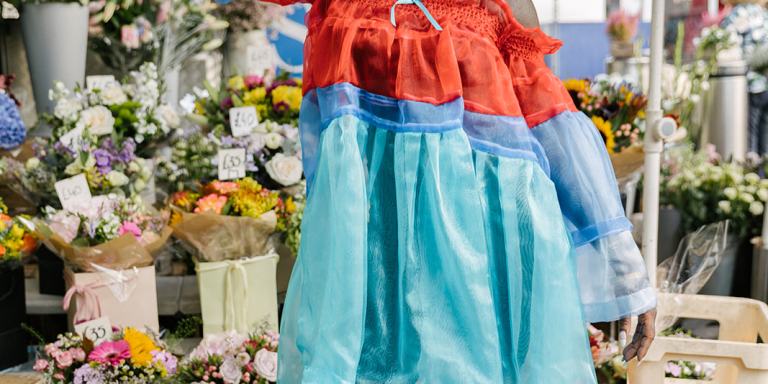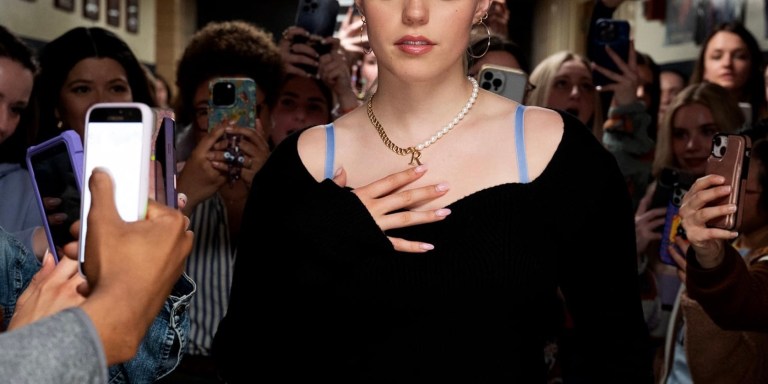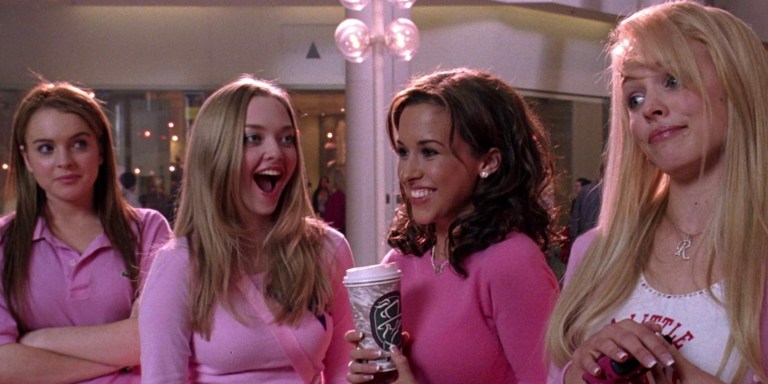
A few days ago, a video of two little white girls receiving black dolls surfaced on the Internet. The two girls were visibly disappointed, the younger one expressly more so than her sister. Children, for better or worse, tend to be the most honest of creatures. What we see in the video is an honest reflection of the social conditioning that takes place at an early age with regard to race, color, and maybe even beauty.
The foundation of race, and by extension racism, is not an easy concept to explain. For hundreds of years, (racist) science, along with many other institutions from the religious to the political, declared that there was a fundamental difference between people of different races. Thanks to genetics, what we now know is that the genome of an individual can be tracked and assigned to a race. But we also know that regardless of race, human beings have the same set of genetics. It’s why modern science is unable to logically support racism.
How we understand race however, and its implications, is the result of its social construction. This is to say the way societies imagine race and its implications don’t exist in the natural world as much as it exists in the social world as a function of history, group interactions, and power. The biggest implication of race is racism, which is a real consequence of the social construction of race. Real consequences need to be emphasized because social constructions are often confused for not having effects in reality, despite their non-existence in nature. But the importance of a social construction is not its lack of existence or evidence in nature, but its outcome that can be identified, observed, and measured.
The reaction of the girls in the video is a result of this social construction of race and racism. The little girls, I argue, are simply responding to a society that has taught them that black is undesirable, and perhaps even ugly. Might I add that from the reaction of her parents or guardians (The laughter in the video suggests this is all just a “joke” to them.), and even in the action of uploading such a video, suggests that racism has been learned, and most likely from the actions and inactions in the context of the home. Social scientists have been arguing for a few decades now that racism, fundamentally, is learned.
Evolutionary biologists however, sometimes disagree. While the racist science that is eugenics has been discredited since the second half of the twentieth century, there persists an idea that racism may exist prior to birth. Evolutionary anthropologists have been known to hypothesize that racism may be the result of evolution and group survival. While there is no real scientific basis to support a genetic rationale for racism, an argument that is worthy of examination is that because of the presence of racism, and the mother who bears the child living in a racist world, and in particular a racist American society, an individual cannot escape racism by their birth. That is to say, the day a child is born in the United States, is the day they learn how to be a racist.
Racism of course manifests itself in different ways and for different people. But the type that is of greatest concern is institutional racism. No one can live in a country where institutional racism exists and expect to not hold some racist beliefs. This includes those who are also institutionally speaking, the victims of racism. It’s often not understood that people of color themselves hold onto racist ideals (against each other and themselves). But that is among many reasons why racism is so insidious and extremely difficult to combat.
In watching the video of the two little white girls having such a negative reaction to the black dolls they received as a gift, it made me immediately think of the famous Clark Doll Experiment of 1939. The experiment has been reproduced in different eras but the result has been the same: children of all races in an experiment asking them to choose between white dolls and dolls of color, are more likely to choose white dolls. This is important because as is the case with the video, people have suggested that all children just prefer dolls that “look like them.” But social science and experimentation have demonstrated otherwise.
So what are we to do about the reactions of mere children? After all, they are just children. It would be the wrong reaction, I think, to get angry at these two young children. They are simply reacting to what they have learned, and are certainly not (yet) in the position to make choices for themselves. While one might put the responsibility on their parents (and rightly so), the conversation is much bigger than this one interaction or this one viral video.
The conversation surrounding this incident is ultimately one of un-learning as much as it is of learning. Un-learning to see black as something undesirable and bad and ugly and dangerous; learning to see black as something similar and identifiable and perhaps even “good.” It is true that no matter how much society tries to combat racism in institutions, the home will continue to be the foundation of what we learn about the world – race, color, beauty, and all. We must admit to our limited control in that sphere, and must be persistent in our efforts away from it.
In thinking about the home, however, it made me think of my own home. Specifically a doll that my father bought for me. She was black. Until adulthood, I didn’t understand that my father and mother had done this intentionally. It’s important for white people, I think, to see the humanity of black people – little white girls included. But it is of greater importance that little girls of color, and especially little black girls, to be able to see their own humanity, to see their representations, and to think of themselves and their representations as desirable and beautiful and good.
Every so often, I send my dad an email or a text thanking him for getting me that little black doll. The little white girls in the video will hopefully learn and un-learn some things about blackness. But for little black girls who grow up to be black women, we often still have to tell the little girl who lives inside us to be kind to herself when the world says that we are not desirable, not good, and not beautiful by virtue of simply being us. We often have to tell her what my dad told me once in a response to one of my emails, “I wanted you to know that the world is wrong and that your skin is beautiful. I wanted you to be able to choose you. I wanted you to be able able to tell your own story.”
Thanks dad. ![]()





